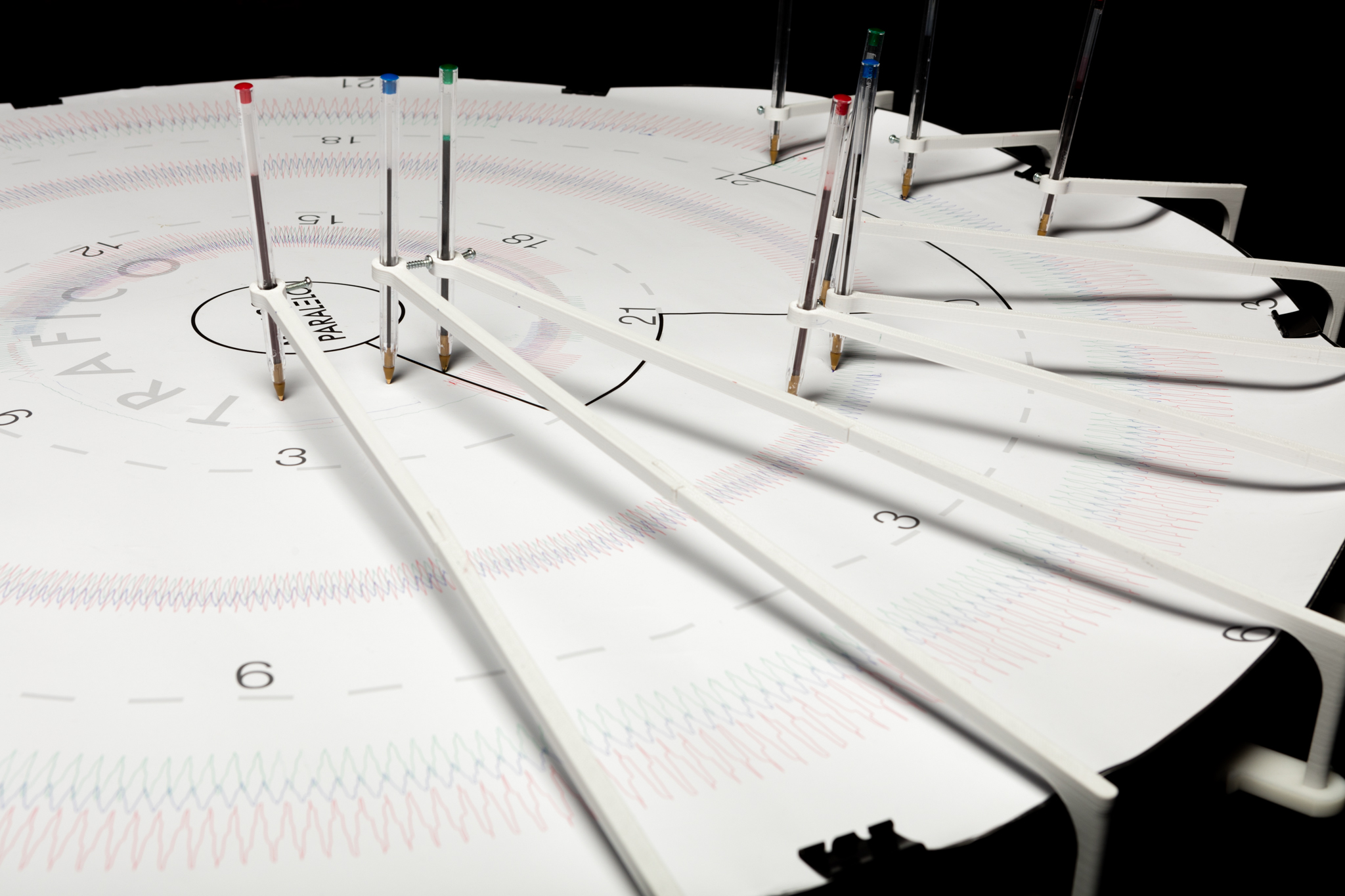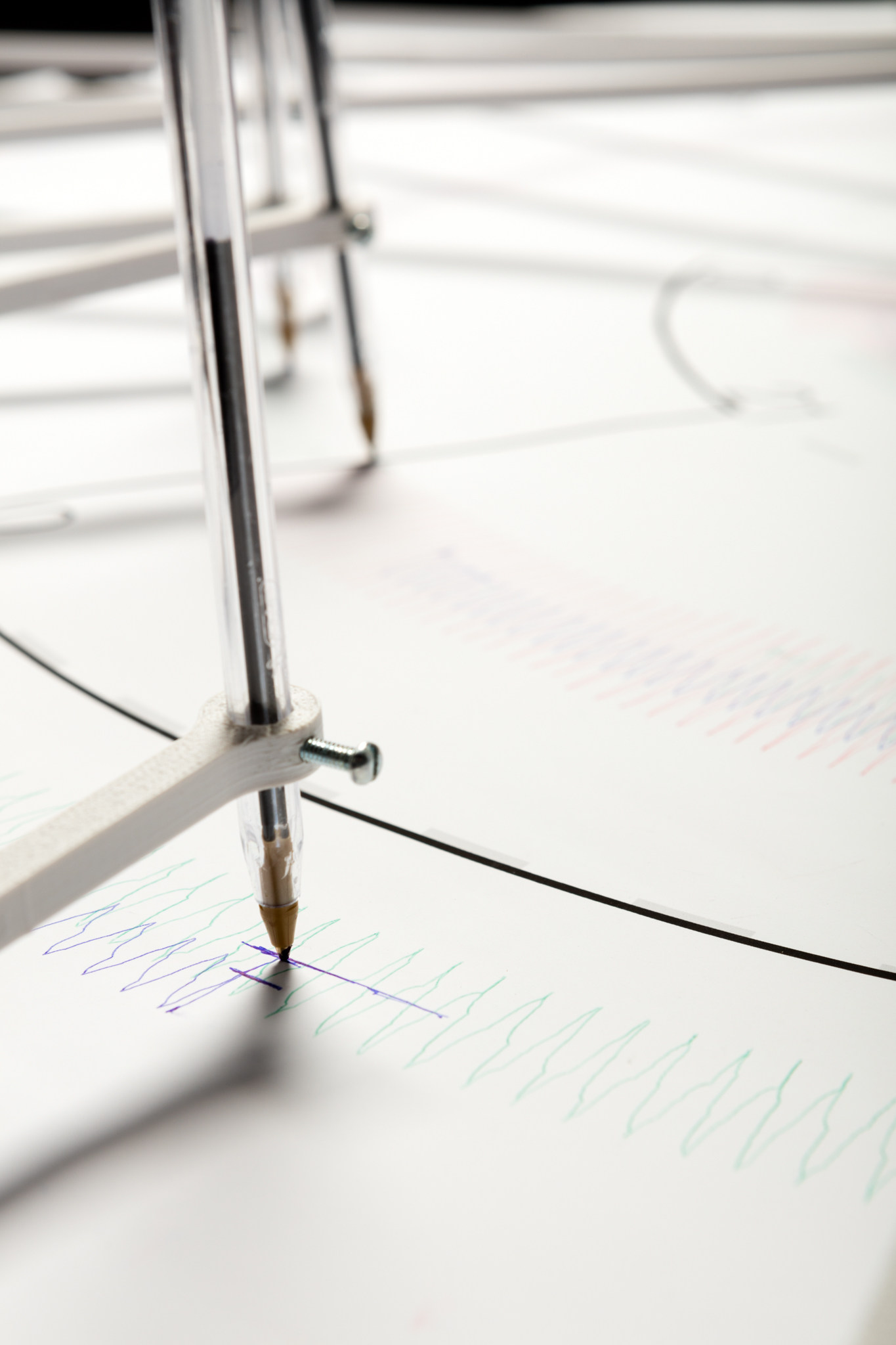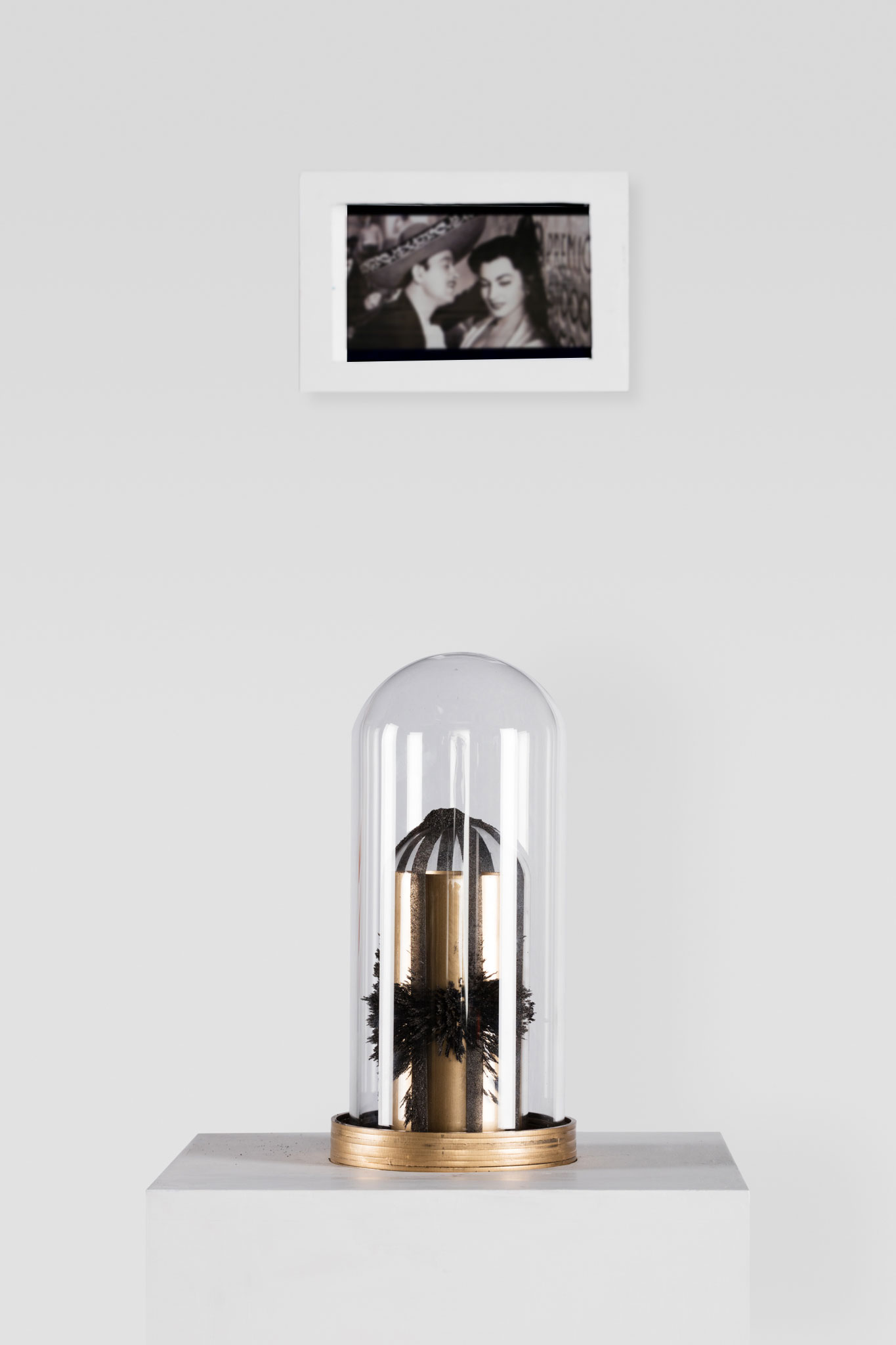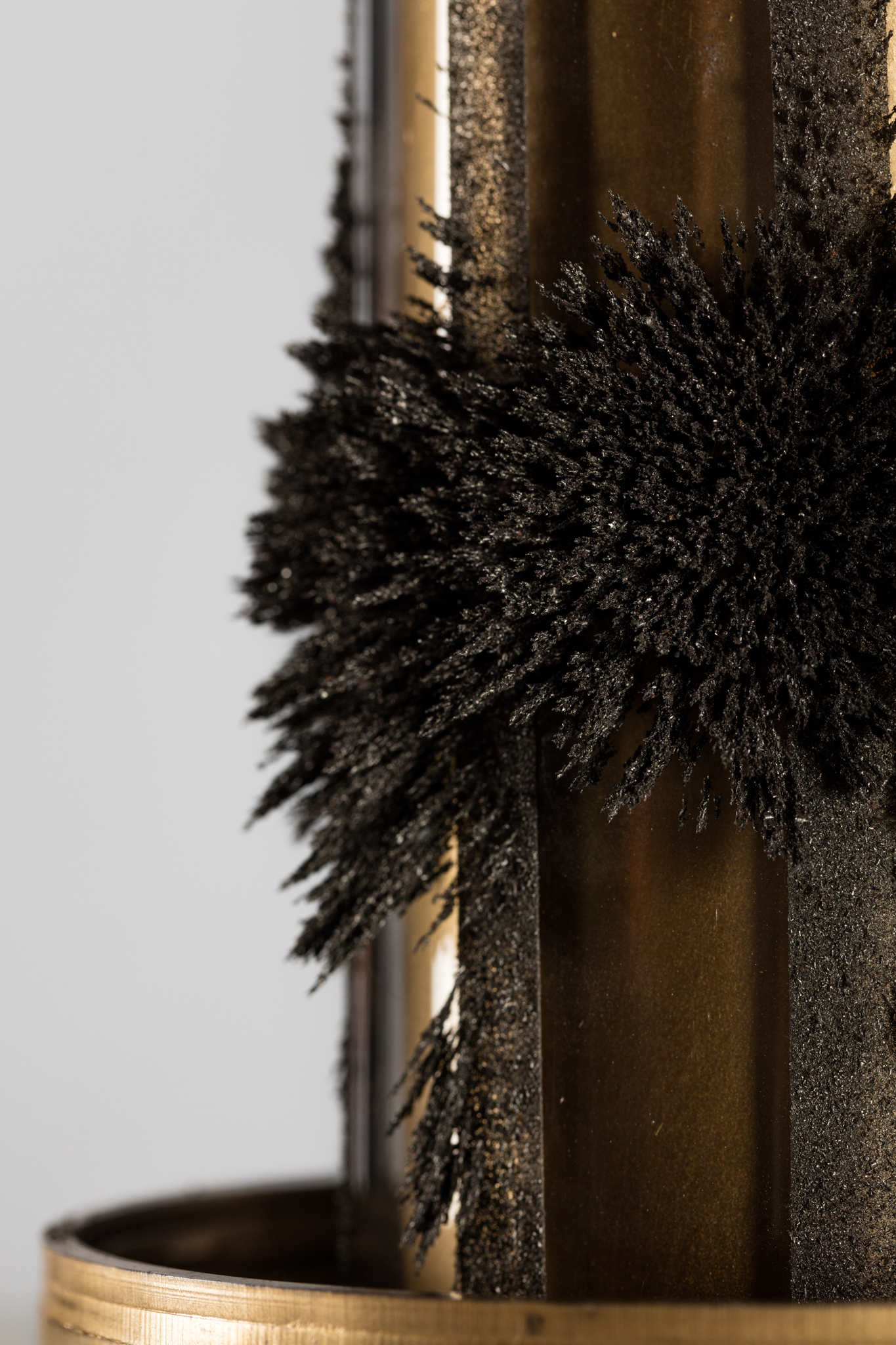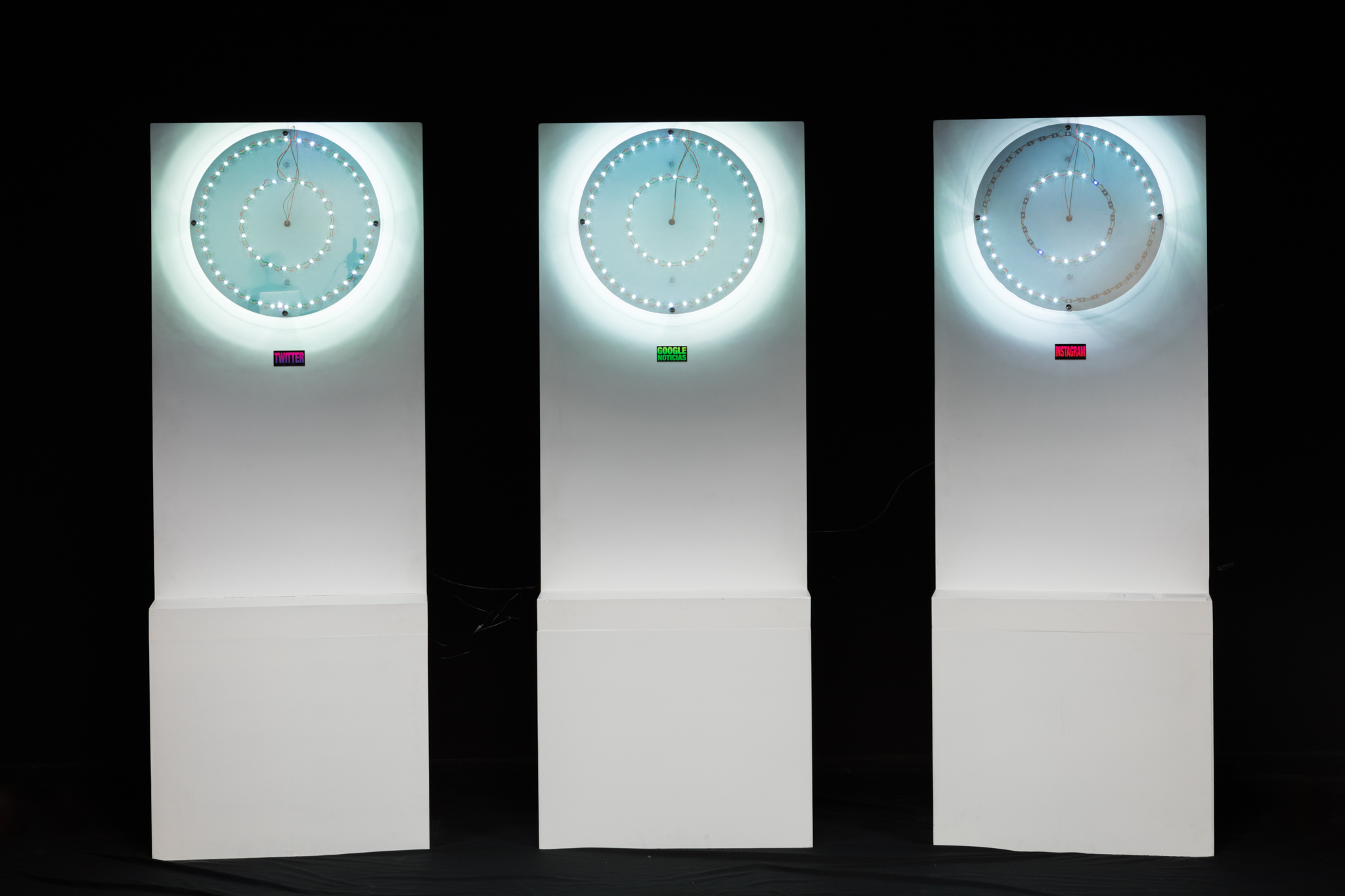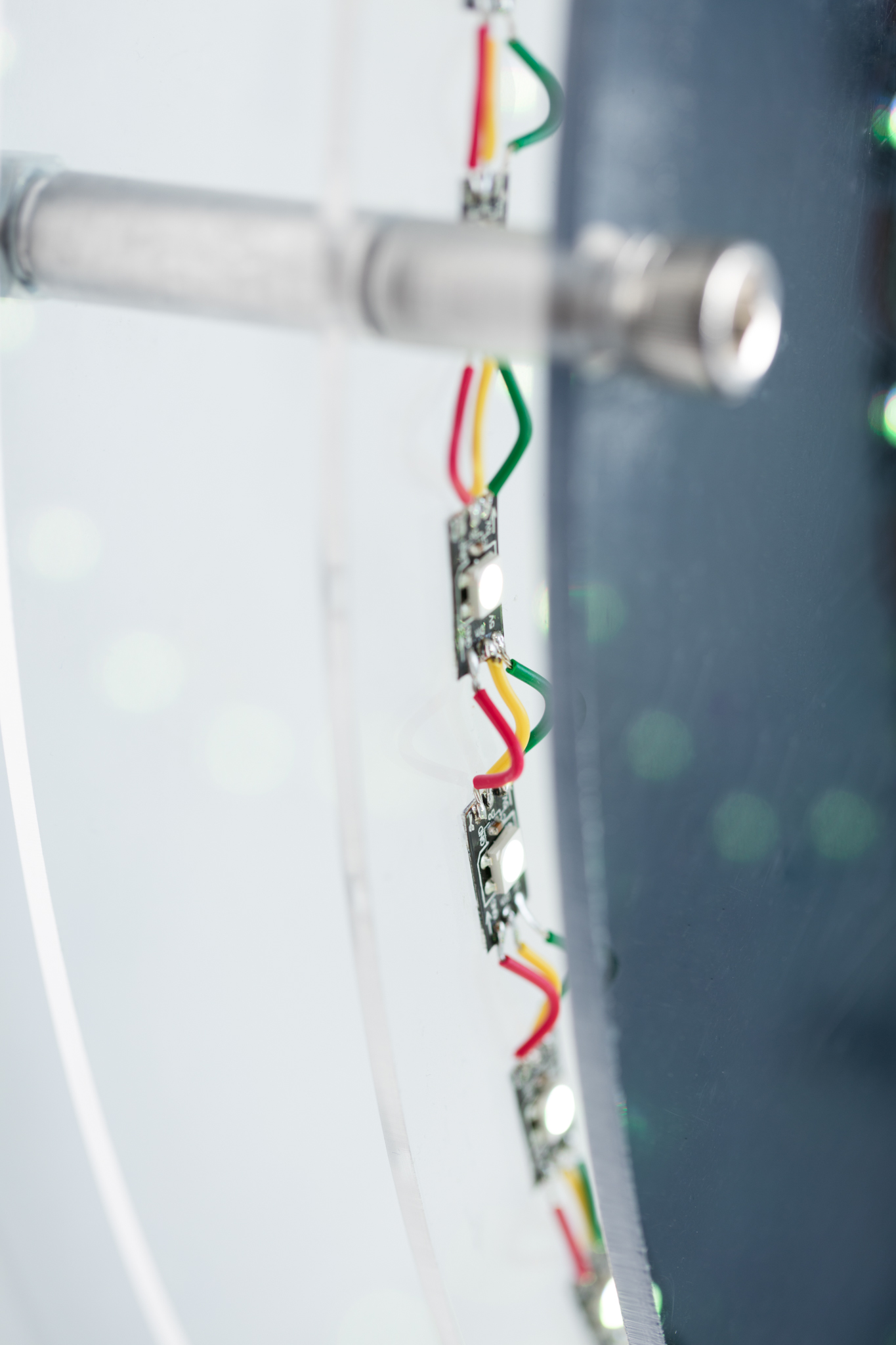Critical Data
Academic project on Critical Design and IoT .Critical Data is an Academic Program focused on the development of Critical Design and The Internet of Things. This program is facilitated during an even semester at School of Industrial Design of the Technological and Higher Education of Monterrey, Mexico City Region. To learn more about the program, please click here.
Project: Mexico Paralelo
Students: Victor Flores, Fernanda Morril, Marco Jurado and Irving Villanueva,
Description: These students started with the following questions: What would Mexico City be like if the decisions on infrastructure had been different? And, what decisions were key for the city to be as it is now? Throughout their research, the students found that one of the key decisions in the city was to pipe the rivers running through the city. In early 1950’s, Mexico City suffered a flood that registered an increase of 12 centimeters per hour. This flood, in addition to other health and drainage problems, led to the decision to pipe several rivers and canals becoming one of the main streets and avenues of the city. The students believe that this has not been the best solution and they think that if at that moment they had had better strategies, Mexico City would have a better quality of life. On one side, having collected information from other cities where water bodies were conserved, the students came to the conclusion that knowing how to take advantage of rivers in a city can improve aspects such as a more comfortable temperature, less traffic, more water per capita and lower CO2 emissions. On the other side, researching data on mega-urban areas in Asia and Africa where there is a greater lack of water, could observe that these same factors, such as CO2, temperature and traffic increased considerably. As consequence, students began to speculate three parallel scenarios comparing the three factors influenced by the amount of water: Temperature, CO2 and Traffic. To communicate the variants between each scenario, they designed an artifact that plotted each variable in real time. The artifact called “México Paralelo” (Spanish for Parallel Mexico), a mixture between a clock and seismograph, draws the progress of three different variables throughout the day: Temperature, Traffic and CO2 emissions. The “face” of the artifact rotated at a speed of one revolution per day, where the viewer can compare in real time the three possible cities. “México Paralelo” questions the way in which many of the decisions in our city do not take into account the possible long-term consequences.
Project: Miedo
Students: Flor de Jesus Velázquez Puebla, Daniel Gilberto Valenzuela Cabrales, Carolina Maldonado García and Alejandro Vivian Antón
Description: These students decided to discuss gender problems that occur in Mexico City. One of the biggest problems in this city is sexual harassment. In just three years, complaints of sexual harassment have been increased to 433%, being the most registered in public places where they occur the most. In Mexico, there is a lot of work to be done from the legislative point of view, so that the aggressors are properly prosecuted, where, for example, the crime of sexual harassment does not merit preventive imprisonment. In contrast Mexican popular culture perceives “normal” highly sexualized female characters are shown on television during their morning programming. The contribution to the normalization of sexual harassment by the media by promoting a stereotype of the Mexican Macho, which is considered superior to the female sex, where the way of interacting is with a strange mixture between paternalism and arrogance (perhaps as a reflection of the impotence suffered by being a member of an oppressed class), but at the same time it is ok to be childish, irresponsible and primitive. Taking this contribution to popular culture as a central criticism, this group of students decided to demystify this stereotype by designing a way to express the fear a woman might feel when interacting with one of these Machos. After analyzing several scenes of films considered Mexican Age of Gold Cinema, they observed the behavior of characters played by legendary actors Pedro Infante, Jorge Negrete or Pedro Armendariz when interacting with women and measuerd when these interactions where considered sexual harassment. “Miedo” (spanish for “Fear”) is an artifact that uses an analogy of the sensation of fear and anxiety that is experienced when a woman is harassed in public spaces rising up in response to the scenes according to the intensity of the same. By “looking” at the scenes on a neighbouring small screen, this artifact will gradually “bristle” as the scene turns violent towards women.
Project: Circles of Identity
Students: Paula Morales, Mariana Monserrat Dávila, Celina Rosas
Description: This team designed an artifact composed of 3 mirrors, each one representing a different social network. The first, Twitter, where this students consider it as a channel where the “expression of complaints” is allowed, Instagram where users share and watch the positive side of their city and finally, Google News as a network where Information is shared with a neutral character. The artifact is connected to a database that analyzes the amount of hashtags of a topic relevant to Mexico City, from more abstract topics such as “Culture” or “Identity” to much more everyday concepts such as traffic, reacting through a matrix of LEDs showing the popularity of each topic. The artifact called “Circles of Identity” invites the viewer to reflect on the context of Mexico City and how its citizens can have different points of view depending on the social network through which they express themselves. These three projects (and the other 4 that were not named in here), are an example of how using design tools to understand complex problems, works as a catalyst to initiate a dialogue between society and its context. The importance of generating critical design projects that move on the border of art and design are very important for the training of new students, not only because of the technical skills they developed during these challenges, but the intellectual enrichment that remains as a result of generating this type of projects.
Academic Platform: School of Industrial Design of the Technological and Higher Education of Monterrey, Mexico City Region
Creative Direction & Mentoring: José de la O
Images: Rodrigo Chapa




